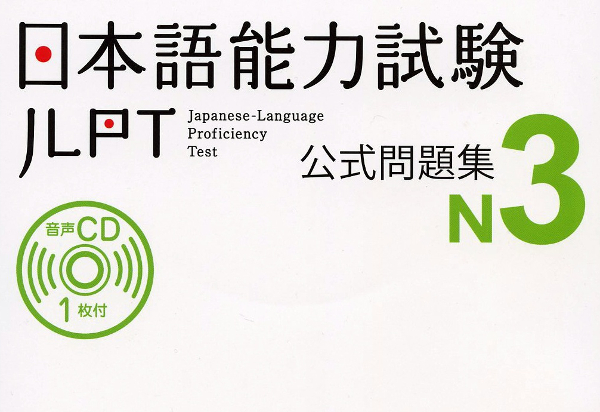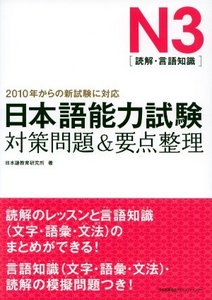The Japanese Language Proficiency Tests (JLPT) are divided into five levels with N5 being for beginners and N1 for upper advanced students. Each level takes a great deal of preparation, and this is even more true for the N2 and N1 exams (intermediate and upper advanced). In order to pass the N2 exam you are expected to be able to understand most everyday Japanese and be able to comprehend a variety of topics through reading or listening. An important feature when taking the JLPT exam is to be able to answer questions about grammar as well as work on reading comprehension which incorporates a number of challenging grammar structures.
This book focuses on reading comprehension activities and it is best suited for self-study. It is written entirely in Japanese and with this said, students should be more than confident in their reading ability to even consider taking on this book or the corresponding exam. There is an introduction and four sections consisting of a foundation lesson, a supporting lesson, a practice text and a vocabulary “power up” section. The first part is further divided into different kinds of text, for example a poster, a letter, an email, etc. In the second section there are also texts such as maps, graphs, and essays. The introduction also includes a table showing how each exam level is divided up, and how long each part should take to complete.
"I highly recommend using this book along with books that focus on the other language skills (grammar, writing, listening, etc.) in order to fully prepare for this challenging exam."
Although everything is written in Japanese, for those less confident with their ability in reading kanji, the book also writes things out in furigana (small characters written in the hiragana alphabet below the kanji characters), in order to aid the student. For each kind of reading activity there are a number of comprehension questions and even an explanation on how to respond to the question correctly. This explanation helps draw the student’s attention to the parts of the text they should pay attention to and it also helps them see how some answers reflect information which simply isn’t in the text.
The first activity in chapter one focuses on a relatively simple poster and a sales pamphlet related to a music festival. After analyzing both of these materials, the student is provided with a number of questions such as “What kind of people is the festival looking for?” or “What time of day will the sale take place on a Saturday?” After these questions are answered the student is given the correct answers and then they are provided with helpful tips and suggestions to use when taking the exam. Unfortunately, questions about posters represent sections of the exam where the student must be very quick to answer in order to cope with texts that are much longer. Following the posters the student is confronted with a considerably longer and more difficult text which they must read in just a short amount of time.

As the lessons continue, the reading activities become more challenging and the comprehension questions focus on more precise details relating to the reading activity. The chapters all follow this specific structure and with this in mind we can see that these books aren’t so much about practicing reading, but about reading the explanations to the answers in order to better understand how to be able to find relevant information and discard anything that isn’t too useful. In the third section of the book, students will have the opportunity to take a practice exam where they can time themselves and see how well prepared they are for the JLPT exam. After finishing the practice exam, the student is provided with a long list of vocabulary words which they can cut out and use for personal reference. Due to the difficulty of Japanese exams it is really important for students to dedicate plenty of time to studying and test preparation. To a certain extent one could say that passing a Japanese proficiency test is more of a challenge than passing most Latin based language tests. For this reason I highly recommend using this book along with books that focus on the other language skills (grammar, writing, listening, etc.) in order to fully prepare for this challenging exam.




